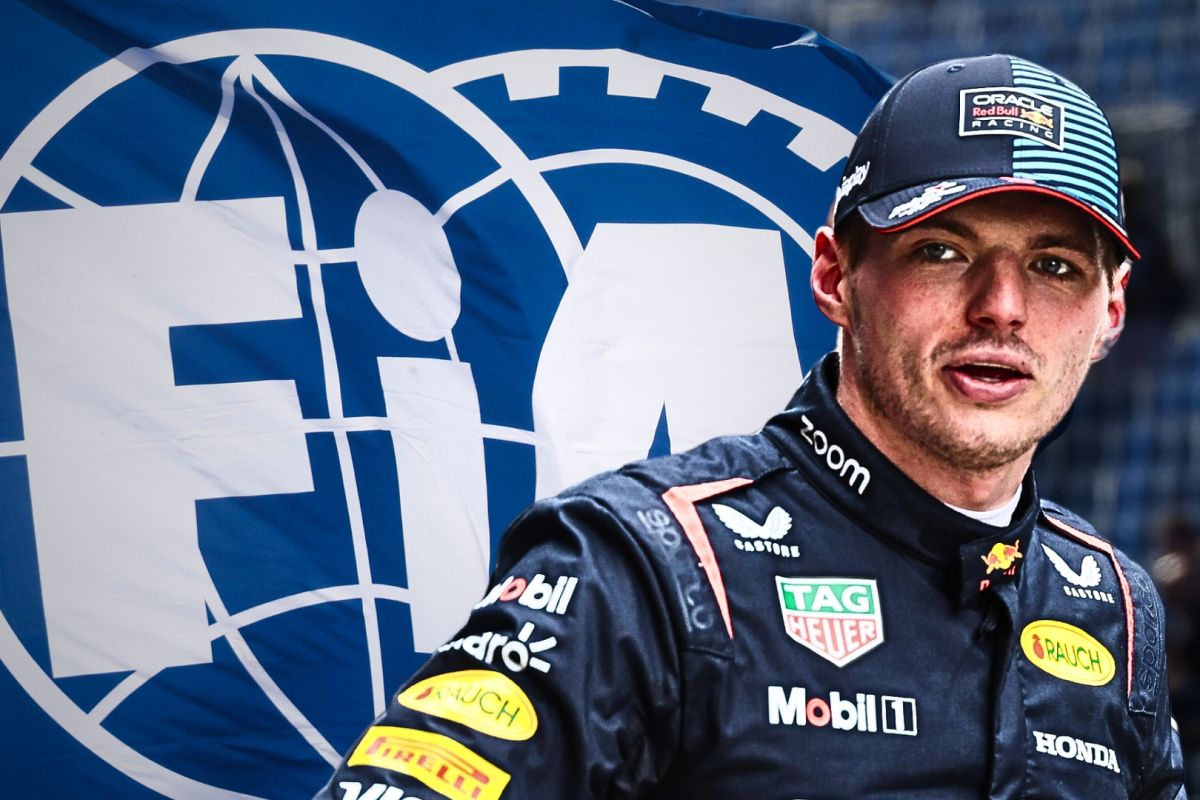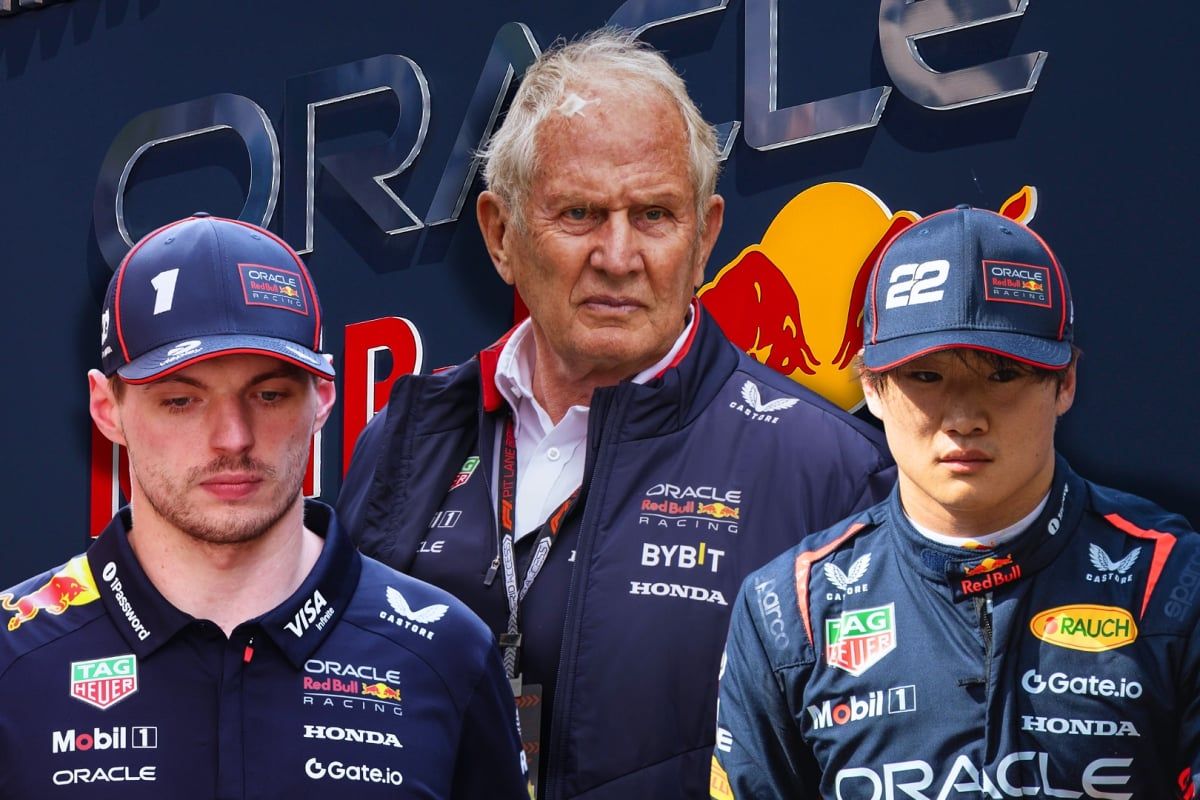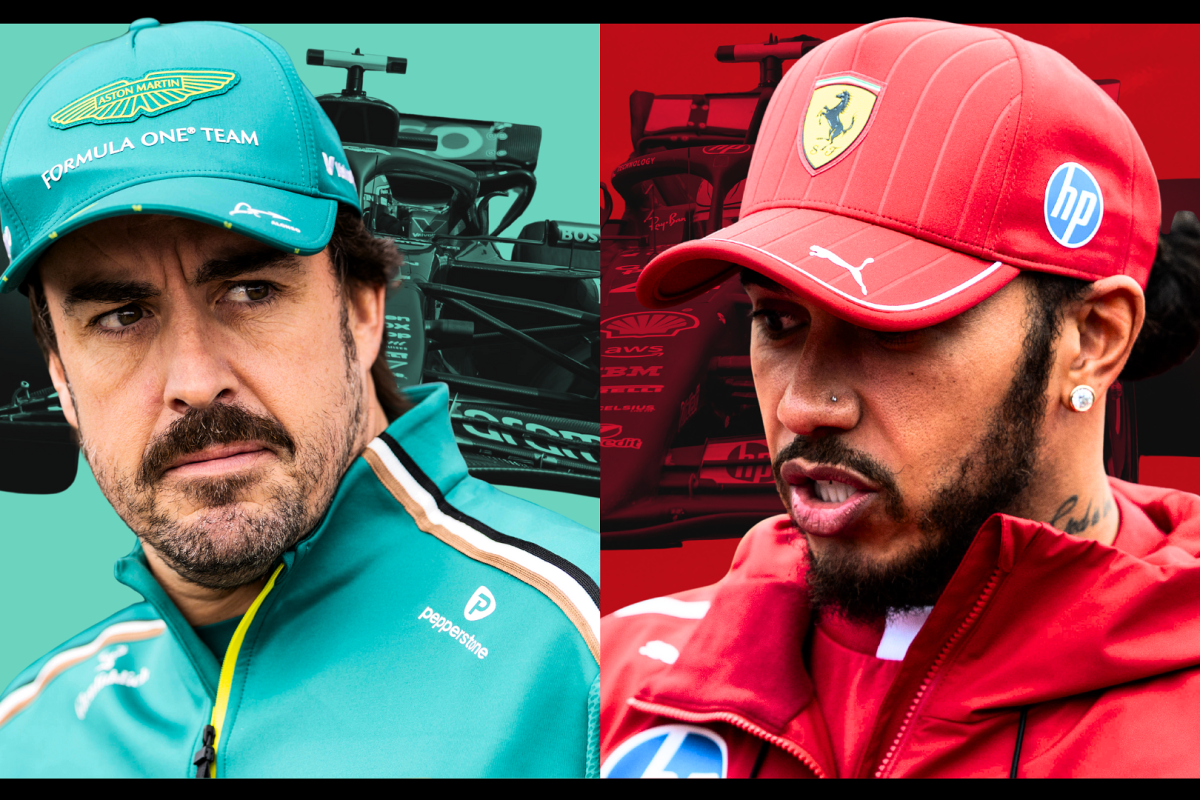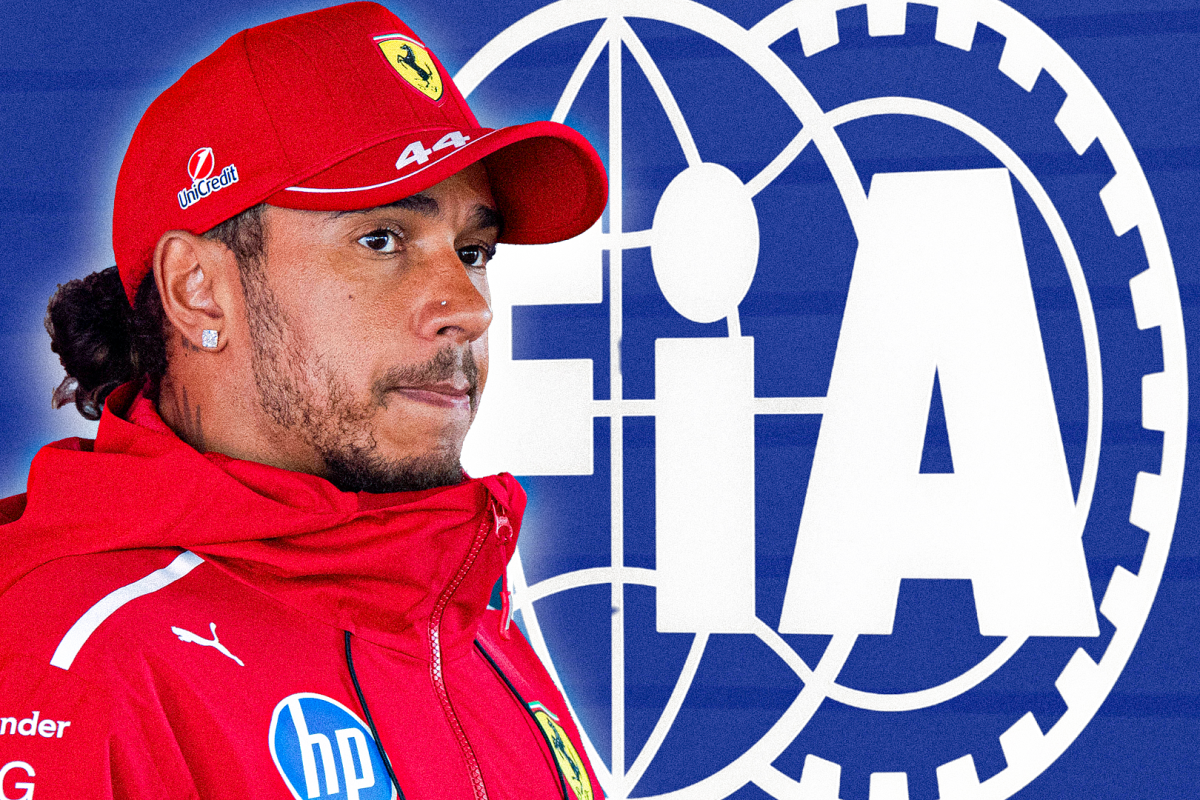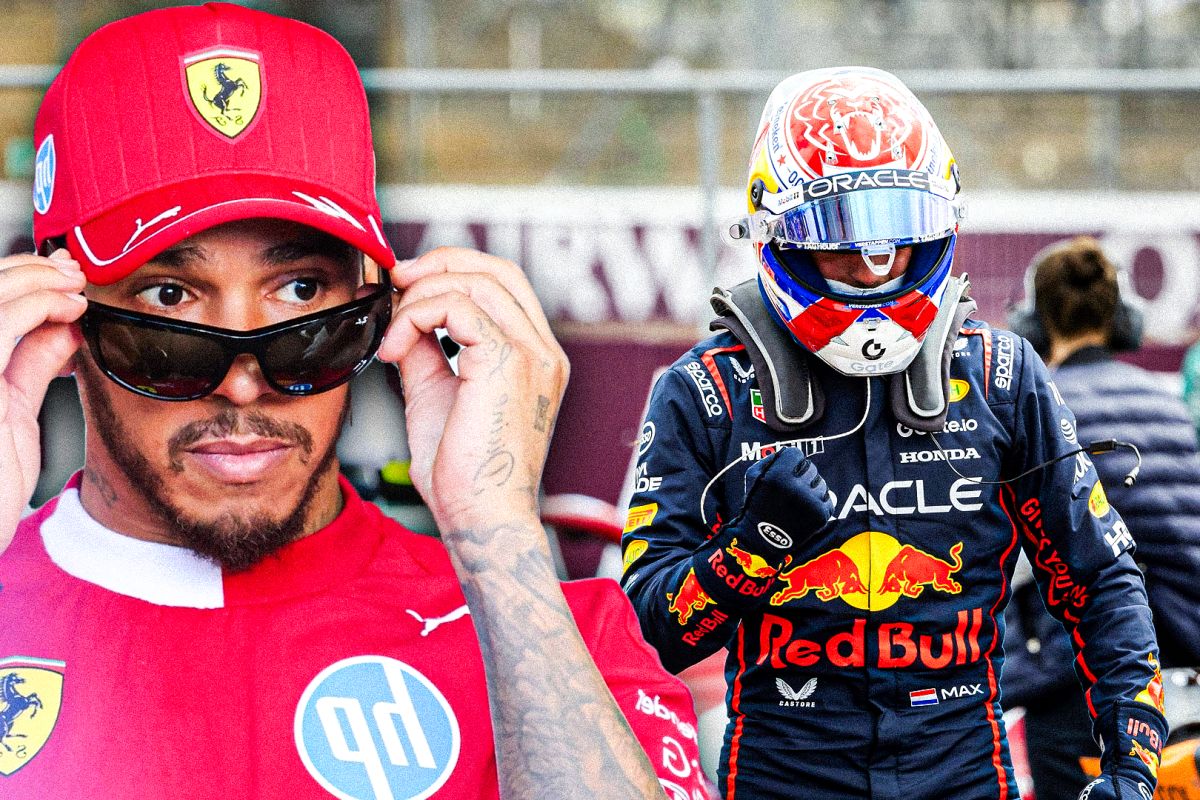FIA Conducts Fuel Inspection on Max Verstappen Following Miami G… read more
Following the qualifying session for the 2025 Miami Grand Prix, the FIA (Fédération Internationale de l’Automobile) confirmed that reigning World Champion Max Verstappen was among the drivers selected for a post-session fuel inspection. As part of the governing body’s standard scrutineering process, Verstappen and Charles Leclerc were randomly chosen after qualifying to provide fuel samples from their respective cars. These samples underwent a series of tests, including density checks and gas chromatography analysis, to ensure compliance with regulations.
The FIA routinely conducts such tests throughout a Grand Prix weekend to guarantee fair competition and adherence to technical regulations. Prior to the qualifying session in Miami, Pierre Gasly and Ollie Bearman were also selected for similar inspections. Both drivers were required to submit fuel samples and provide engine oil samples, which were then analysed for conformity with FIA-approved specifications.
The post-qualifying tests revealed that both Verstappen’s and Leclerc’s fuel matched the pre-approved reference fuels permitted for use during competition. As a result, no infractions were found, and both drivers were cleared without penalty. Verstappen, who secured pole position during the session, will therefore retain his place at the front of the grid, where he is set to line up alongside McLaren’s Lando Norris.
While these inspections are routine, they underscore the FIA’s commitment to maintaining a level playing field in Formula 1. Random checks serve as a deterrent to teams that might otherwise consider bending technical regulations for a competitive advantage. The use of gas chromatography allows the FIA to detect even minute differences in fuel composition, helping to ensure that all competitors use only what has been homologated and approved for the season.
Fuel and oil sampling are just two of the many checks that the FIA performs before and after each session during a race weekend. In Miami, the governing body’s scrutineering report detailed an extensive list of other inspections as well. Several cars were weighed both during and after qualifying, ensuring that teams adhered to the minimum weight requirements mandated by the regulations.
Fuel pressure was also inspected across all participating cars. This is another critical aspect of scrutineering, as any attempt to modify fuel pressure could potentially lead to performance gains that breach FIA rules. Additionally, various components of each engine were examined to confirm compliance with the limitations placed on maximum torque and speed. These checks are in place to ensure that teams do not gain an unfair mechanical advantage by exploiting grey areas in the rulebook.
Even the seemingly minor components of the cars are not exempt from scrutiny. The FIA conducted inspections on the steering wheels of all vehicles, a procedure that might seem excessive but is crucial for confirming that no additional, unauthorized functions or modifications have been introduced by the teams. Ensuring the legality of every part, no matter how small, reflects the sport’s commitment to precision and fairness.
In the end, all cars passed the inspections without issue. This includes not only the fuel and engine-related tests but also the weight and mechanical assessments. The FIA’s comprehensive checks help preserve the integrity of the sport and reassure fans and stakeholders that every race is conducted within a framework of fairness and strict technical compliance.
Such rigorous checks are not unique to the Miami Grand Prix. For example, Lando Norris was similarly inspected at the Japanese Grand Prix earlier in the season. The random nature of these inspections ensures that no team is singled out while maintaining unpredictability in the scrutineering process.
As the sport continues to evolve and technology advances, the FIA is expected to maintain and even enhance its inspection protocols. With increasing emphasis on sustainability, hybrid technology, and advanced materials, ensuring that teams operate within the constraints of the technical regulations has never been more critical.
For now, all eyes are on the race ahead. With Max Verstappen starting from pole and Lando Norris alongside him on the front row, fans can expect a thrilling contest on the streets of Miami. And thanks to the FIA’s meticulous oversight, they can rest assured that the battle will be fought on a level playing field.
